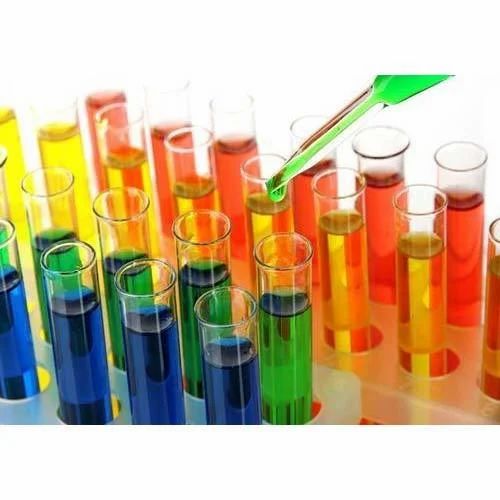
Chemical agents have long been a subject of fascination and concern due to their potential for causing harm. In this blog post, we delve into the realm of toxic chemicals and explore the question: Which chemical agent is most toxic? Through a meticulous examination of various industries and their associated hazardous substances, we aim to provide a comprehensive and up-to-date analysis of the deadliest chemical agent known to mankind.
- Understanding Toxicity:
To begin our exploration, it is crucial to establish a clear understanding of toxicity. Toxicity refers to the ability of a substance to cause harm to living organisms, including humans. The degree of toxicity is determined by factors such as the chemical's concentration, exposure duration, and route of entry into the body. - Industrial Chemicals:
The industrial sector encompasses a wide range of chemicals, each with its own level of toxicity. From heavy metals like mercury and lead to volatile organic compounds (VOCs) such as benzene and formaldehyde, numerous substances pose significant risks to human health. We analyze the toxicity levels of these chemicals, considering their prevalence, potential exposure routes, and associated health effects. - Agricultural Chemicals:
In the realm of agriculture, pesticides play a vital role in crop protection. However, some pesticides can also be highly toxic. We explore the toxicity of commonly used agricultural chemicals, including organophosphates, carbamates, and neonicotinoids. Additionally, we discuss the potential environmental impacts of these chemicals and their implications for human health. - Pharmaceutical Agents:
While pharmaceuticals are primarily developed to improve health, certain medications can be toxic if misused or administered improperly. We examine the toxicity profiles of various pharmaceutical agents, focusing on chemotherapy drugs, sedatives, and opioids. Understanding the potential risks associated with these medications is crucial for healthcare professionals and patients alike. - Emerging Threats:
As scientific research progresses, new chemical agents with potentially higher toxicity levels continue to emerge. We shed light on the latest developments in the field, discussing emerging threats such as novel synthetic drugs, biotoxins, and engineered nanoparticles. By staying informed about these emerging hazards, we can better prepare for potential risks and mitigate their impact.
Conclusion:
In conclusion, determining the most toxic chemical agent is a complex task that requires a comprehensive analysis of various industries and their associated hazardous substances. While it is challenging to pinpoint a single chemical as the most toxic, understanding the toxicity levels of different agents is crucial for risk assessment and management. By continuously monitoring and evaluating the toxicity of chemicals, we can strive to create safer environments and protect human health.




